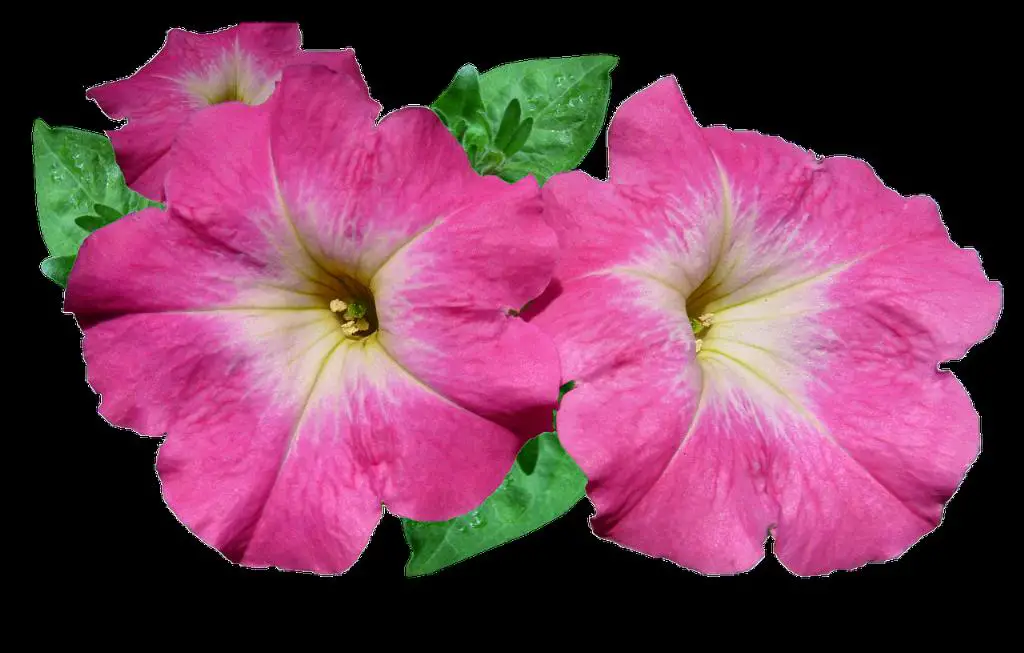Discovering yellow leaves on your petunias can be concerning, but understanding the potential causes can help you address the issue effectively. One common reason for yellowing leaves is micronutrient deficiencies, with boron, manganese, and iron being key culprits. Iron deficiency, in particular, is prevalent in many regions and can manifest as yellowing leaves in petunia plants.
Signs and Symptoms of Micronutrient Deficiencies
When petunias lack essential micronutrients like boron, manganese, or iron, various visible symptoms may appear. These can include yellowing leaves, distorted growth, and overall poor plant vigor. By closely observing these signs, you can identify the specific deficiency affecting your petunias and take appropriate corrective measures.
Environmental Factors Contributing to Leaf Yellowing
Aside from nutrient deficiencies, environmental factors such as inadequate light, improper watering, or poor drainage can also contribute to yellowing leaves in petunias. Ensuring that your plants receive adequate sunlight, proper moisture levels, and well-draining soil can help prevent leaf discoloration.
Effects of Soil pH on Petunia Health
The pH level of the soil plays a crucial role in nutrient absorption by petunias. If the soil pH is too high or too low, it can impede the plant’s ability to take up essential micronutrients, leading to yellowing leaves and other symptoms of nutrient deficiency. Testing and adjusting the soil pH can help optimize nutrient uptake and promote healthy foliage.
Pest Infestations and Diseases
Petunias are susceptible to pest infestations and diseases that can cause leaf yellowing. Common pests like aphids, spider mites, and whiteflies can damage the foliage, while fungal infections such as powdery mildew or leaf spot diseases can also result in yellowed leaves. Regular monitoring and prompt treatment of pest and disease issues are essential for maintaining plant health.
Over-fertilization and Nutrient Imbalance
Excessive fertilization or improper nutrient balance can also lead to yellowing leaves in petunias. Overloading the plants with nutrients can disrupt their internal balance and hinder nutrient uptake, resulting in chlorosis and yellowing of the foliage. Following recommended fertilization guidelines and avoiding nutrient imbalances is crucial for preventing nutrient-related issues.
Improper Watering Practices
Inconsistent or improper watering practices can stress petunias and contribute to leaf yellowing. Both overwatering and underwatering can disrupt the plant’s ability to absorb nutrients effectively, leading to yellowed leaves and overall decline in plant health. Maintaining a consistent watering schedule and ensuring proper drainage can help prevent water-related issues.
Issues with Root Health
The health of a plant’s roots directly impacts its nutrient uptake and overall well-being. If petunias have root issues such as root rot, compacted roots, or inadequate root development, they may struggle to access essential nutrients, resulting in yellowing leaves. Regularly inspecting the roots and addressing any issues promptly can help maintain root health and prevent nutrient deficiencies.
Cultural Practices and Plant Care
Proper cultural practices and attentive plant care are essential for keeping petunias healthy and vibrant. Regularly grooming the plants, removing faded flowers, and providing adequate ventilation can promote strong growth and reduce the risk of leaf yellowing. Creating optimal growing conditions through good gardening practices can help prevent common issues that affect petunia foliage.
Resilience and Recovery of Petunia Plants
Despite facing challenges like leaf yellowing, petunia plants have a remarkable ability to recover and thrive when given proper care and attention. By identifying the underlying causes of yellowing leaves and addressing them promptly, you can support your petunias in regaining their health and lush foliage. With patience and consistent care, your petunias can bounce back and continue to brighten your garden with their colorful blooms.
Consulting with Experts and Garden Professionals
If you encounter persistent leaf yellowing or are unsure about the best course of action for your petunias, seeking advice from gardening experts or local garden professionals can provide valuable insights and guidance. Their expertise and experience can help diagnose the issue accurately and recommend tailored solutions to revitalize your petunias and restore their beauty.
Enjoying the Beauty of Healthy Petunias
By understanding the factors that can cause yellowing leaves in petunias and taking proactive steps to address them, you can foster a thriving and vibrant garden filled with healthy, flourishing plants. Embracing the joys of gardening and nurturing your petunias with care and dedication can lead to a rewarding experience as you witness their resilience and beauty blooming in your outdoor space.

